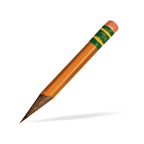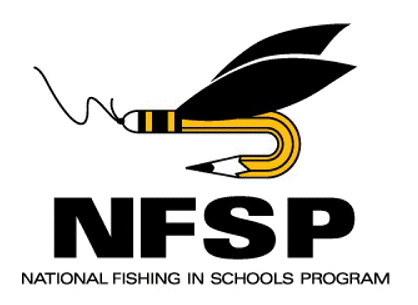|
 National Academic
Standards National Academic
Standards
The
purpose of this document is to provide educators with an
easy reference guide which shows how the National
Fishing in Schools Program curriculum and activities
correlate to national standards in PE, Technology,
Science and Language Arts.
National Health and
Fitness Standards: Moving into the Future:
National Standards for Physical Education, 2nd Edition
Standard 1: Demonstrates competency in motor skills and movement
patterns needed to perform a variety of physical
activities.
Standard 2:
Demonstrates understanding of movement concepts,
principles, strategies, and tactics as they apply to the
learning and performance of physical activities.
Standard 3:
Participates regularly in physical activity.
Standard 5:
Exhibits responsible personal and social behavior that
respects self and others in physical activity settings.
Standard 6: Values physical activity for health, enjoyment,
challenge, self-expression, and/or social interaction.
National Educational
Technology Standards: International Society for
Technology in Education
-
Research and information
literacy
-
Critical Thinking, problem
solving, decision making
-
Digital citizenship
-
Creativity and innovation
National Science Education
Content Standards:
-
Diversity and adaptation of
organisms
-
Abilities necessary to do
scientific inquiry
-
Understanding about
scientific inquiry
Standards for the English
Language Arts: National Council of Teachers of
English
-
Students read a wide range of
print and nonprint texts to build an understanding
of texts, of themselves, and of the cultures of the
United States and the world; to acquire new
information; to respond to the needs and demands of
society and the workplace; and for personal
fulfillment. Among these texts are fiction and
nonfiction, classic and contemporary works.
-
Students read a wide range of
literature from many periods in many genres to build
an understanding of the many dimensions (e.g.,
philosophical, ethical, aesthetic) of human
experience.
-
Students apply a wide range
of strategies to comprehend, interpret, evaluate,
and appreciate texts. They draw on their prior
experience, their interactions with other readers
and writers, their knowledge of word meaning and of
other texts, their word identification strategies,
and their understanding of textual features (e.g.,
sound-letter correspondence, sentence structure,
context, graphics).
-
Students adjust their use of
spoken, written, and visual language (e.g.,
conventions, style, vocabulary) to communicate
effectively with a variety of audiences and for
different purposes.
-
Students employ a wide range
of strategies as they write and use different
writing process elements appropriately to
communicate with different audiences for a variety
of purposes.
-
Students apply knowledge of
language structure, language conventions (e.g.,
spelling and punctuation), media techniques,
figurative language, and genre to create, critique,
and discuss print and nonprint texts.
-
Students conduct research on
issues and interests by generating ideas and
questions, and by posing problems. They gather,
evaluate, and synthesize data from a variety of
sources (e.g., print and nonprint texts, artifacts,
people) to communicate their discoveries in ways
that suit their purpose and audience.
-
Students use a variety of
technological and information resources (e.g.,
libraries, databases, computer networks, video) to
gather and synthesize information and to create and
communicate knowledge.
-
Students develop an
understanding of and respect for diversity in
language use, patterns, and dialects across
cultures, ethnic groups, geographic regions, and
social roles.
-
Students whose first language
is not English make use of their first language to
develop competency in the English language arts and
to develop understanding of content across the
curriculum.
-
Students participate as
knowledgeable, reflective, creative, and critical
members of a variety of literacy communities.
-
Students use spoken, written,
and visual language to accomplish their own purposes
(e.g., for learning, enjoyment, persuasion, and the
exchange of information).
|
 office
402-805-4570
office
402-805-4570 National Academic
Standards
National Academic
Standards